Recuerdo espectral de un viejo decorado eléctrico
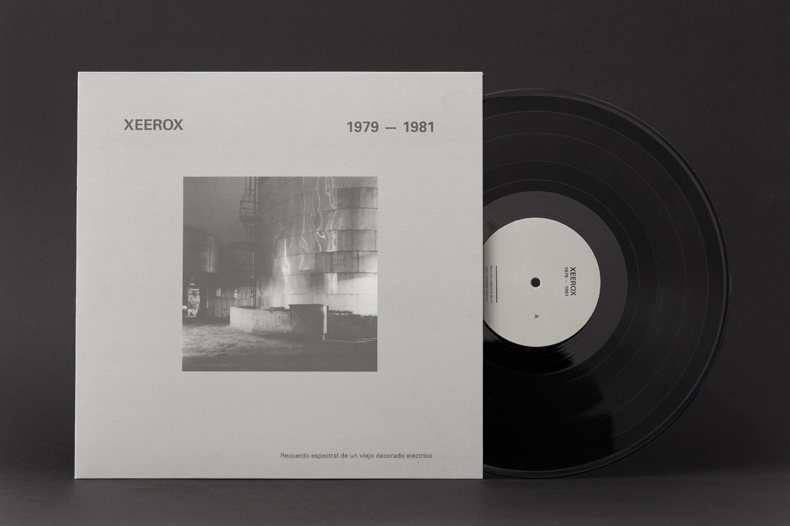
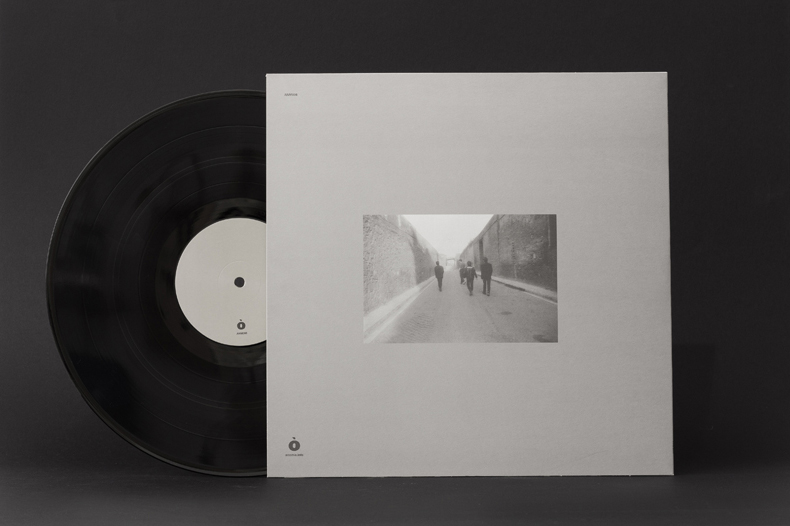
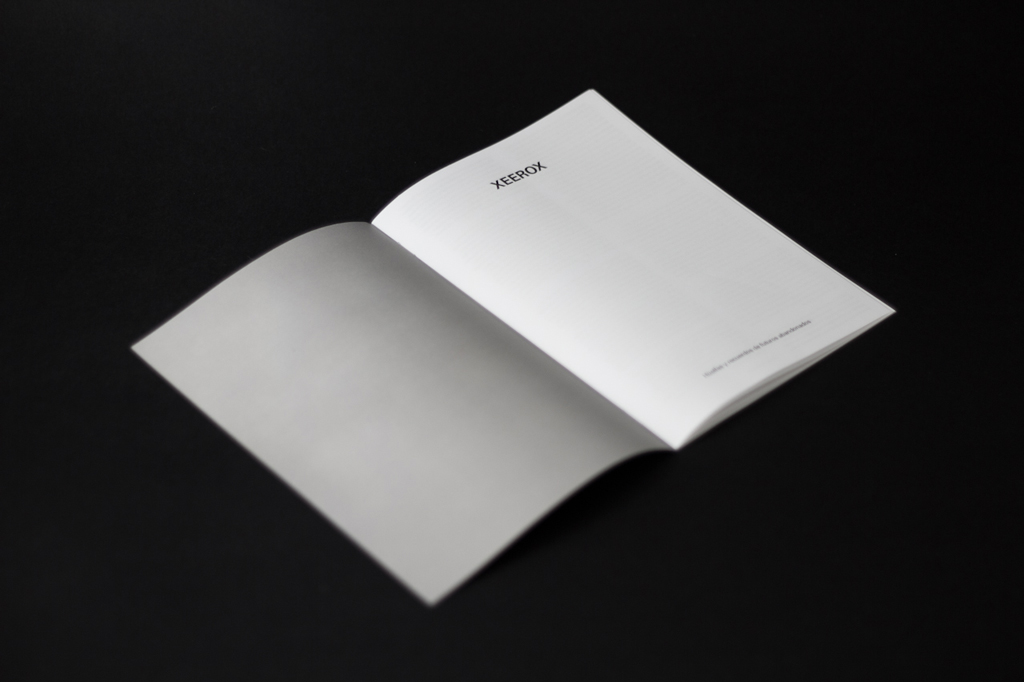
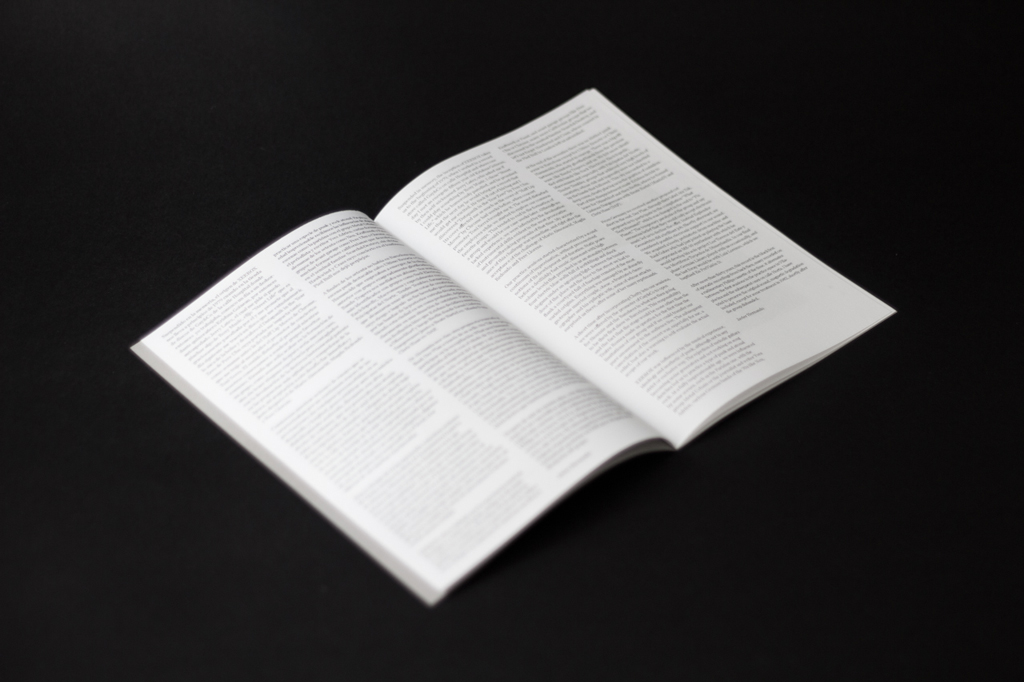
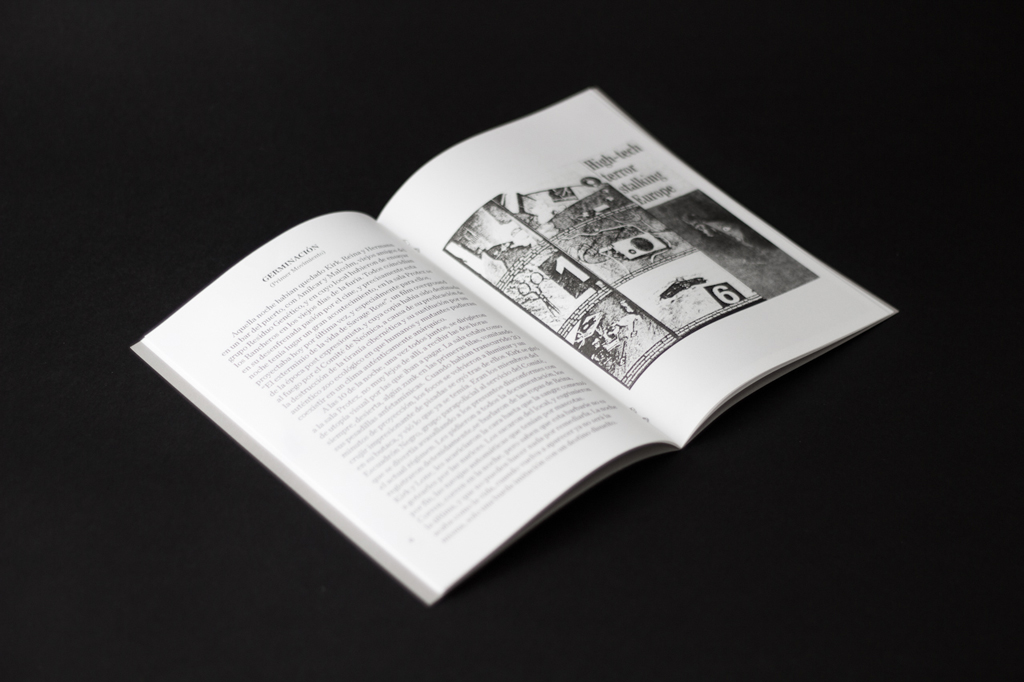
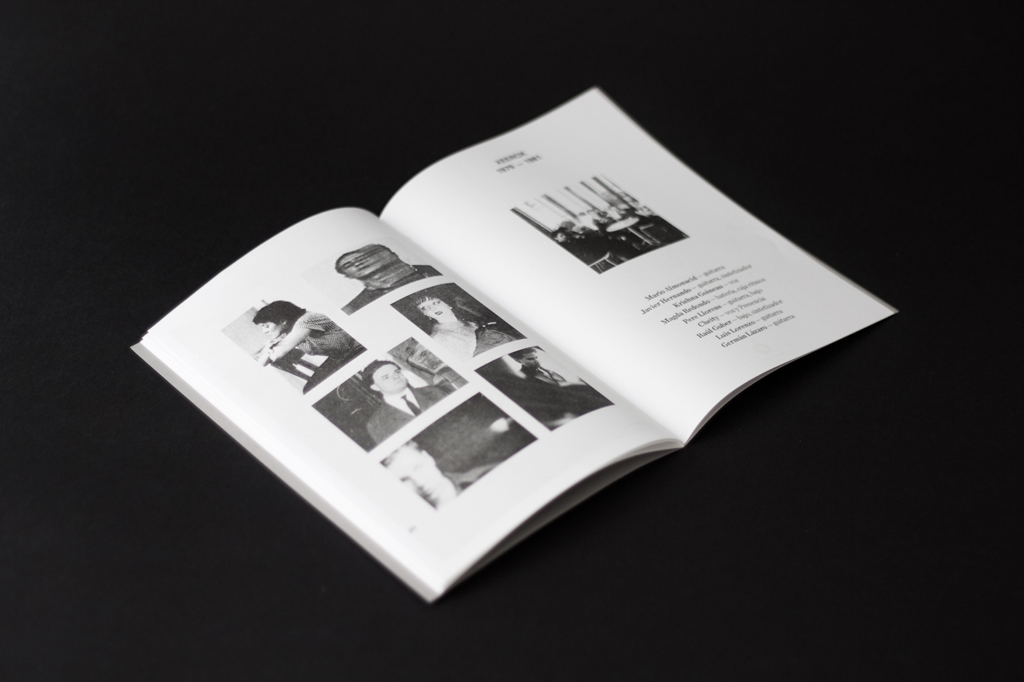
Our second project in a series of archival releases. A selected compilation from Javier Hernando’s cassette archives which were recorded in the band’s practice space during their two years of existence between ’79 and ’81. We consider this material of vital interest as a document of Barcelona’s underground scene in the late 70’s, which coexisted with the newly born punk and industrial cultures which youth groups were avidly importing from the UK. The sounds featured on this album deconstruct genres, blending elements such as tape collage, raw guitars and domestic synthesizers.
FOOTPRINTS AND MEMORIES OF AN ABANDONED FUTURE by Javier Hernando
Suspended in memory, the inception of XEEROX takes us to the beginning of 1979, when I worked in a record store called Gay&Co on calle Hospital and where one day I met an energetic fifteen year old Krishna Goineau, by then self-nicknamed Jerry Latex, who asked me if I could play something by Roxy Music. I chose “Street Life,” which he humorously parodied, and he promised me that the next day he would bring me a record that would get me excited. He took it out of his bag and I discovered “Datapanik in the Year Zero” by Pere Ubu. Its cover affected me as much as the cover of “Half Lip Moves” by Chrome had weeks before, when concert promoter Toni Serra brought me it. The sound disturbed the employees while we started to explore our common favorite groups. This tended to end in the formation of a group and would be our case weeks later. Although we lacked experience, we were infected by the devaluation of instrumental skills evident in the most provocative and groundbreaking proposals of that time. My acceptance of this challenge was immediate, and right after the acceptance of the challenge of Mario Almonacid, Magda Redondo and Pere Llorens.
Our practice sessions started characterized by a sound continuum of improvisation, without preconceived notions of its development and duration. Static poses before a devilishly fast music, dissonant with high volume levels that provoked in us an atonality between four electric blue walls full of scribblings and shock slogans under an agonizing light. Between the bunker door of the place and the door to the street we had to flank a courtyard full of fuselage remains of the most varied origins. Everything was managed by an absurdly grotesque married couple, obese, a frustrated choreographer and his epileptic wife, some of whose attacks surprised us there, after some of her many reprimands.
A short time after incorporating Cheity into our sessions, we were offered by the promoter of Gay&Co to open for Siouxsie and the Banshees in what was then going to be their first show in Barcelona. This responsibility and the fact that the stage would be none other than the Teatre Romea made us question for the first time the limitations of our group and if we could transfer our pure amusement to the audience live. The subsequent cancellation of the concert was, especially for me, a relief, but also a warning to self-evaluate the actual scope of our work.
XEEROX was influenced by the musical experience, ideology and aesthetic of punk, although not in any strict or exclusive way. The rejection of melodic guitars becoming noise generators and not working on song sketches led us to practice a type of punk and atonal rock. At a fully impressionable age, we were influenced by some scenes, such as the Parisian one, with the group Metal Urbain or the journalist and writer Yves Adrien, various German bands of the 70s like Neu, Kraftwerk or Faust, and avant garage groups like Pere Ubu or Chrome, many more Californian groups that we discovered in the seminal fanzine Search&Destroy, and let’s not forget Hawkwind and Crass, whose concert in the Pied Bull in London left us astonished.
At the end of the seventies there was no distinct punk scene in Barcelona except for Ultimo Resorte or Clinic Humanoids, who started to emerge. There was a big rift between excessively glorified bands from the previous wave, like Banda Trapera, and us. We felt more identified with bands like Suck Electronic Enciclopedic, Macromassa and especially with Psicópatas del Norte, Tendre Tembles, groups that achieved very high levels of creativity, whose risk and ingenuity were not inherited by the bands that followed. This city succumbed to a deep coma, clearly placing us in the position of outsiders. Part of this disappointment made Krishna decide to leave for Düsseldorf and then Berlin, where he formed Liaisons Dangereuses with Beate Bartel (Mania D) and Chris Haas (DAF).
From Germany we received another proposal cut short in the end. Der Plan, through their label Ata Tak, proposed us to participate in the compilation “What Next Humans?” which was changed in the end to “Fix Planet.” The temporary paralysis of the group and my erroneous belief that they would only accept electronic music led us to decline the offer. Instead Esplendor Geométrico did a brilliant job. Shortly afterward, we considered possible electronic support in our sound. We acquired a lovely prehistoric drum machine and Raul Guber who had just joined us playing the bass incorporated an MS-10 synthesizer with which he would develop his solo project Los Toreros del Este y los Mortíferos Torpedos de Disneylandia. In our final phase Germán Lázaro played with us occasionally, and the last foray would be with Luis Lorenzo, which we baptized En PreVisión D.
After more than thirty years, this record is the black box of sporadic recordings from back then, many recorded on a rudimentary Philips cassette of the time. It alternates between the first sessions in the practice space in Vilapiscina and the subsequent one on calle Horta. I have tried to preserve the original sound, magnetic degradation included, except for some treatment in 1982, shortly after the group disbanded.
.
—
12″ LP
Edition of 300 copies.
Black vinyl. Booklet with photographs, artwork and liner notes by Javier Hernando and Xeerox.
Recorded in Barcelona between 1979-1981. Mastered in Brooklyn by R. Mexico, 2013.
—
Untitled I
Untitled II
Untitled III
Untitled IV
Untitled V
—
—
